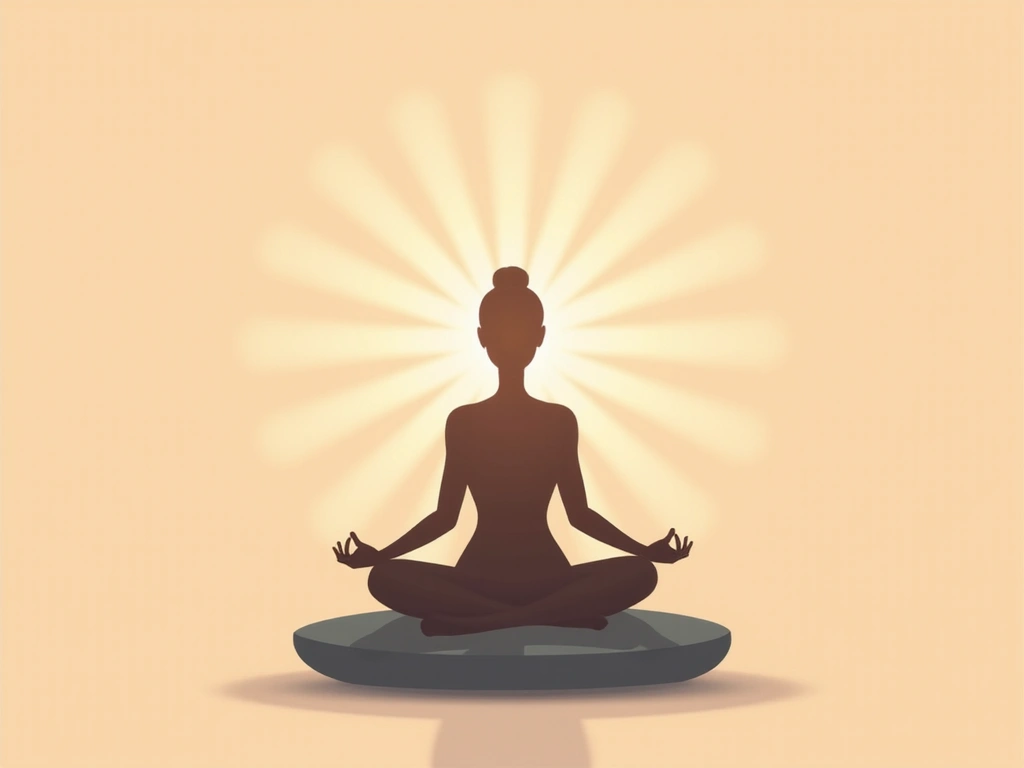Mindful Living Habits for Enhanced Well-being
Embrace Mindful Habits for a Balanced Life
In today's fast-paced world, cultivating mindfulness is more crucial than ever. These habits offer a pathway to reclaim your focus, enhance your well-being, and foster deeper connections with yourself and others. By integrating these simple yet powerful practices, you can create a life rich in presence and intention.
These habits are designed to address various aspects of life, from managing digital distractions to nurturing emotional well-being and strengthening relationships. They are practical, actionable, and grounded in the experiences of individuals who have successfully integrated mindfulness into their daily routines.
- Reduce Digital Distractions for enhanced focus
- Cultivate Mindful Mornings for increased productivity
- Practice Embodied Mindfulness for deeper presence
- Nurture Deep Connections for authentic relationships
- Integrate Mindfulness into Daily Routines for lasting impact
Embrace these mindful habits to unlock your potential for a more focused, balanced, and fulfilling life.
Filter Habits
 Mindfulness's Habit Sets
Mindfulness's Habit Sets
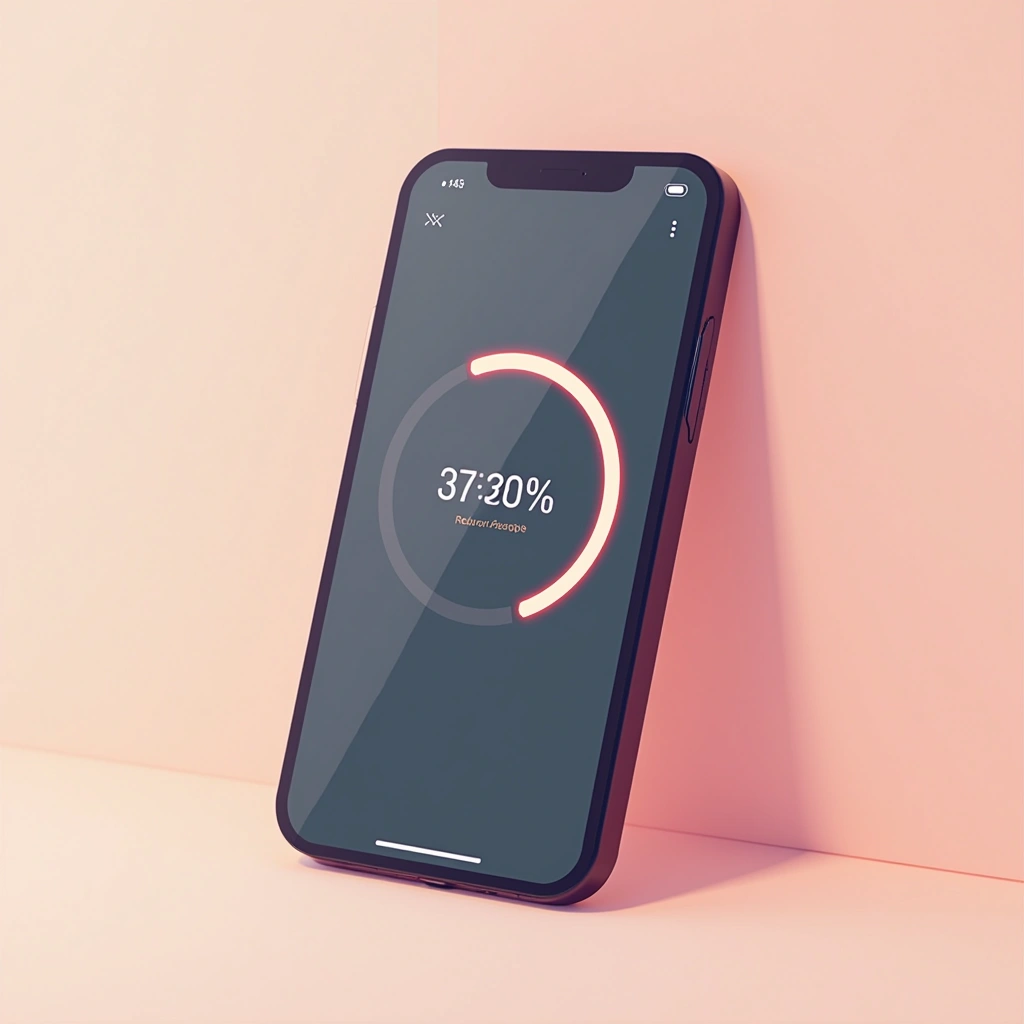
Reduce Digital Distractions
Set a goal to reduce screen time by at least 1 hour per day by removing distracting apps or limiting daily usage. This habit frees up hours that can be repurposed for other mindful activities.
Why This Matters
John practices this habit because digital distractions consume an average of 10+ hours daily for most people. He found that by controlling his digital environment, he gained consistent focus and energy without relying on stimulants or external pressure.
Keep Distraction Journal
Document external notifications and internal emotional triggers that cause procrastination over a full day. This journal helps identify patterns and develop awareness of what pulls you away from focused work.
Why This Matters
Sarah maintains a distraction journal because it allows her to recognize her automatic responses to triggers. By understanding what causes her to lose focus, she can develop strategies to maintain attention and reduce impulsive behavior.

Practice Mindful Mornings
Create a habit of not checking your smartphone before lunch. This single practice can provide 2-3 hours of deep focus each morning, potentially doubling productivity.
Why This Matters
Michael implemented mindful mornings after realizing his smartphone was triggering cycles of instant gratification and mindless scrolling. By protecting his morning hours, he gained uninterrupted time for his most important work.

Schedule Weekly Planning
Set aside 20-30 minutes each week to set clear goals and schedule important work in daily deep work sessions. This planning creates clarity about what matters most and how to accomplish it.
Why This Matters
David uses weekly planning because he recognized that without a game plan, he would regularly get pulled into distractions. His planning ritual gives him complete clarity about weekly goals and daily tasks needed to accomplish them.

Create Deep Work Browser
Customize a separate web browser specifically for deep work sessions where all distracting websites are blocked. This creates a dedicated digital environment conducive to focused attention.
Why This Matters
Emma created a deep work browser because she found herself constantly pulled into social media and news sites during important work. By having a separate browser for focused work, she eliminated the temptation to switch tasks.
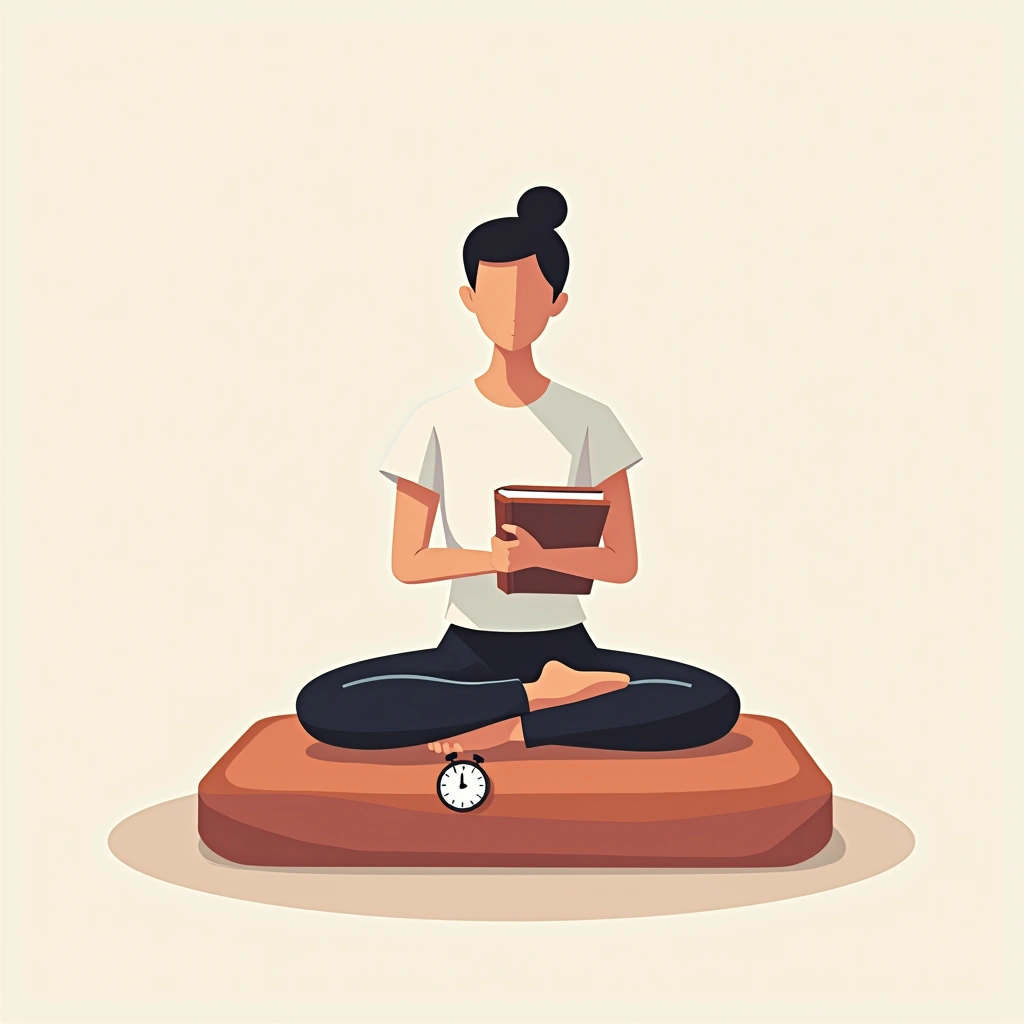
Develop Flow Rituals
Create a daily routine combining visualization, breathwork, and meditation that charges your body and sharpens your mind. These rituals prepare you for single-pointed focus on challenging work.
Why This Matters
James practices flow rituals because he discovered that proper preparation helps him consistently achieve optimal states of consciousness. These rituals help him merge action and awareness, allowing his performance to dramatically improve.
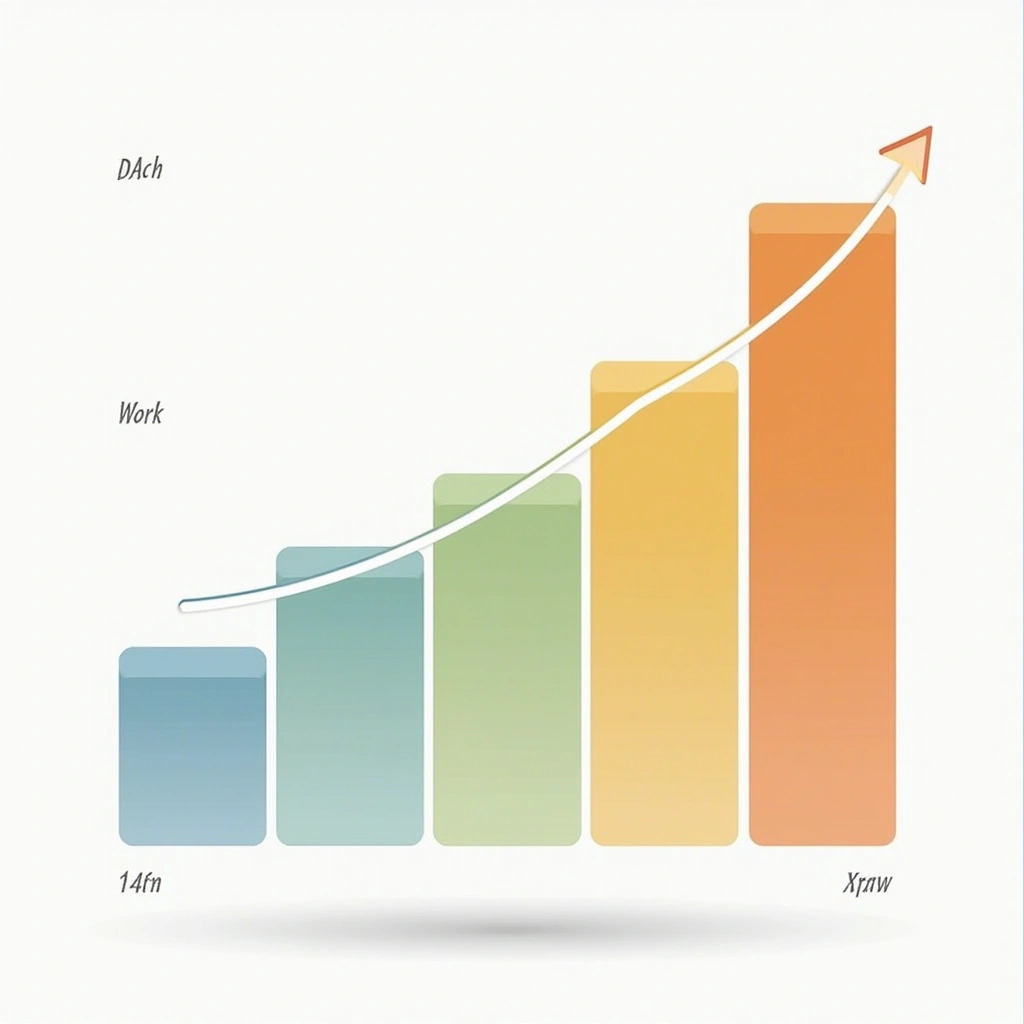
Manage Energy Cycles
Structure your day around your natural energy peaks for uninterrupted focus, followed by active recovery periods. This approach honors your body's natural rhythms rather than forcing productivity.
Why This Matters
Lisa implements energy management because she found consistent flow requires balancing intense focus with deliberate recovery. By working with her natural energy patterns, she accomplishes more while avoiding burnout.

Use Brainwave Entrainment
Listen to specialized music in the Low Beta or High Alpha range during focused work. This audio technology helps guide your brain into optimal states for concentration and flow.
Why This Matters
Robert uses brainwave entrainment because he struggled with overthinking and distractions during important tasks. The specialized audio functions as a shortcut into flow states, helping him maintain focus for extended periods.

Practice Yoga Nidra
Engage in the ancient practice of 'yogic sleep,' a guided meditation that induces deep relaxation while maintaining awareness. This practice helps pay off sleep debt without post-nap drowsiness.
Why This Matters
Amanda practices Yoga Nidra because it allows her to catch up on rest while accessing a dreamlike state where her subconscious naturally flows. She finds this practice more restorative than napping and beneficial for creative insights.

Explore Liminal Dreaming
Pay attention to the space between wakefulness and sleep, both when falling asleep and waking up. These liminal states offer unique access to creativity and insights from your subconscious.
Why This Matters
Thomas explores liminal dreaming because he discovered these threshold states tap into similar benefits as psychedelics without the risks. By working with these natural states, he accesses transformational experiences and creative solutions.

Practice Lucid Dreaming
Set the intention to become aware during dreams and eventually control them. Begin by reviewing gratitude before sleep and setting a specific goal for your subconscious to work on overnight.
Why This Matters
Sophia practices lucid dreaming because it allows her to 'wake up' inside her dreams and direct them intentionally. This practice helps her develop better self-awareness, overcome negative trauma, and tap into her subconscious creativity.

Take Morning Light Walks
Go for a mindful walk during the first hour after sunrise to balance your circadian rhythm. Focus on being present with each step rather than planning or problem-solving.
Why This Matters
William takes morning light walks because increased exposure to early sunlight regulates his sleep cycle and mood. The practice combines the benefits of light therapy, physical movement, and mindful awareness.
Track 10,000 Steps
Set a goal to walk 10,000 steps daily (about 90 minutes of walking), tracked with your smartphone. Break walks into several sessions throughout the day to interrupt sedentary periods.
Why This Matters
Jennifer tracks her steps because she recognizes the significant health impacts of a sedentary lifestyle. By ensuring regular movement throughout her day, she counters the effects of sitting while creating opportunities for mindful awareness.

Practice Forest Bathing
Set aside at least 2 hours weekly for hiking on unpaved forest trails without a specific destination or goal. The natural environment induces 'soft fascination' that naturally supports mindful awareness.
Why This Matters
Daniel practices forest bathing because immersion in natural settings reduces his stress and makes mindfulness effortless. The practice of 'shinrin-yoku' engages all his senses and creates a state of open, relaxed attention that continues after leaving the forest.

Practice Embodied Mindfulness
Bring conscious awareness to physical sensations during everyday activities like moving, eating, and intimacy. This practice integrates mindfulness into felt experience rather than keeping it as a mental exercise.
Why This Matters
Olivia practices embodied mindfulness because she noticed traditional mindfulness kept her living in her head. By focusing on physical sensations and body awareness, she develops a more holistic presence that enhances her enjoyment of each moment.

Engage in Flow Activities
Regularly participate in challenging activities like yoga, martial arts, surfing, or performing arts. These activities naturally trigger flow states through their combination of challenge and skill.
Why This Matters
Nathan engages in flow activities because they provide powerful flow triggers through embodied challenge. These activities require his complete attention and engagement, creating optimal experiences where action and awareness merge.

Cultivate Deep Connections
Regularly host gatherings, share meals, or meet one-on-one with people you respect. These in-person connections provide embodied communication that digital interactions cannot replicate.
Why This Matters
Isabella cultivates deep connections because she recognizes how much modern communication happens through disembodied platforms like Zoom. By prioritizing in-person gatherings, she creates spaces for authentic presence and meaningful exchange.

Morning Meditation Sit
Begin each day with a few minutes of sitting in stillness before rushing into morning routines. Use this time to practice gratitude and set intentions for mindful presence throughout the day.
Why This Matters
Mark starts his day with morning meditation because the early hours offer quiet moments before daily demands begin. This practice helps him create the right frame of mind and calm presence that carries into his activities.

Practice Mindful Eating
Slow down during meals to fully appreciate flavors, textures, and the nourishment food provides. Avoid distractions like phones or television that pull attention away from the eating experience.
Why This Matters
Laura practices mindful eating because she noticed meals had become something done in passing while multitasking. By bringing full attention to her food, she improves digestion, enhances enjoyment, and creates moments of rest in busy days.
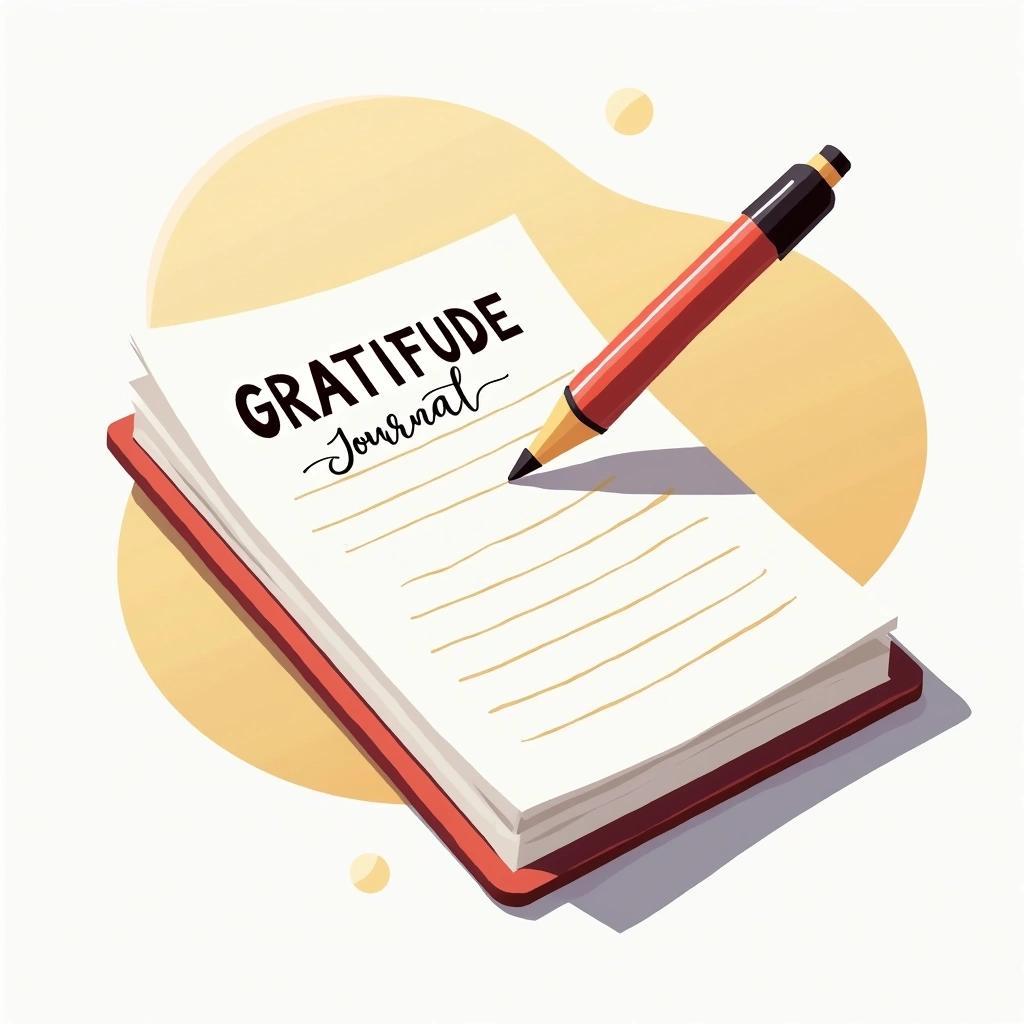
Keep a Gratitude List
Write down 3-5 things you're grateful for each day, either in the morning to start your day positively or before bed to reflect. This practice shifts focus from what's lacking to what's abundant in your life.
Why This Matters
Kevin maintains a gratitude list because research shows it improves well-being and creates a positive mindset. By consistently acknowledging things he appreciates, he trains his mind to notice the good even during challenging times.

Practice Walking Meditation
Transform ordinary walks into meditation by focusing intensely on the physical sensations of walking. Notice the weight shifts, foot sensations, and rhythm of movement rather than reaching a destination.
Why This Matters
Rachel practices walking meditation because it allows her to integrate mindfulness into everyday movement. This portable practice helps her stay present whether walking to work, around her neighborhood, or in a park with her children.

Develop Mindful Driving
Transform commutes by focusing on physical sensations of driving and scanning your environment with heightened awareness. Notice the weight of the vehicle, road textures, and sensory details often overlooked.
Why This Matters
Brandon practices mindful driving because it turns potentially stressful commute time into an opportunity for presence. By bringing awareness to an activity he does regularly, he reduces autopilot behavior and increases safety and enjoyment.

Perform Morning Body Scan
When first waking, systematically bring awareness to each part of your body from toes to head. Notice sensations without judgment and gently move parts to connect with physical presence.
Why This Matters
Natalie performs morning body scans because it helps her re-establish connection with her body after sleep. This practice grounds her in physical sensations rather than immediately jumping into thoughts about the day ahead.

Make Bed Mindfully
Transform the routine task of making your bed into a mindful ritual by adding elements like essential oil misting. Focus completely on the sensory experience and movements rather than rushing.
Why This Matters
Christopher makes his bed mindfully because it transforms a mundane task into a moment of presence to start his day. The ritual of smoothing sheets and arranging pillows with full attention creates order externally and internally.
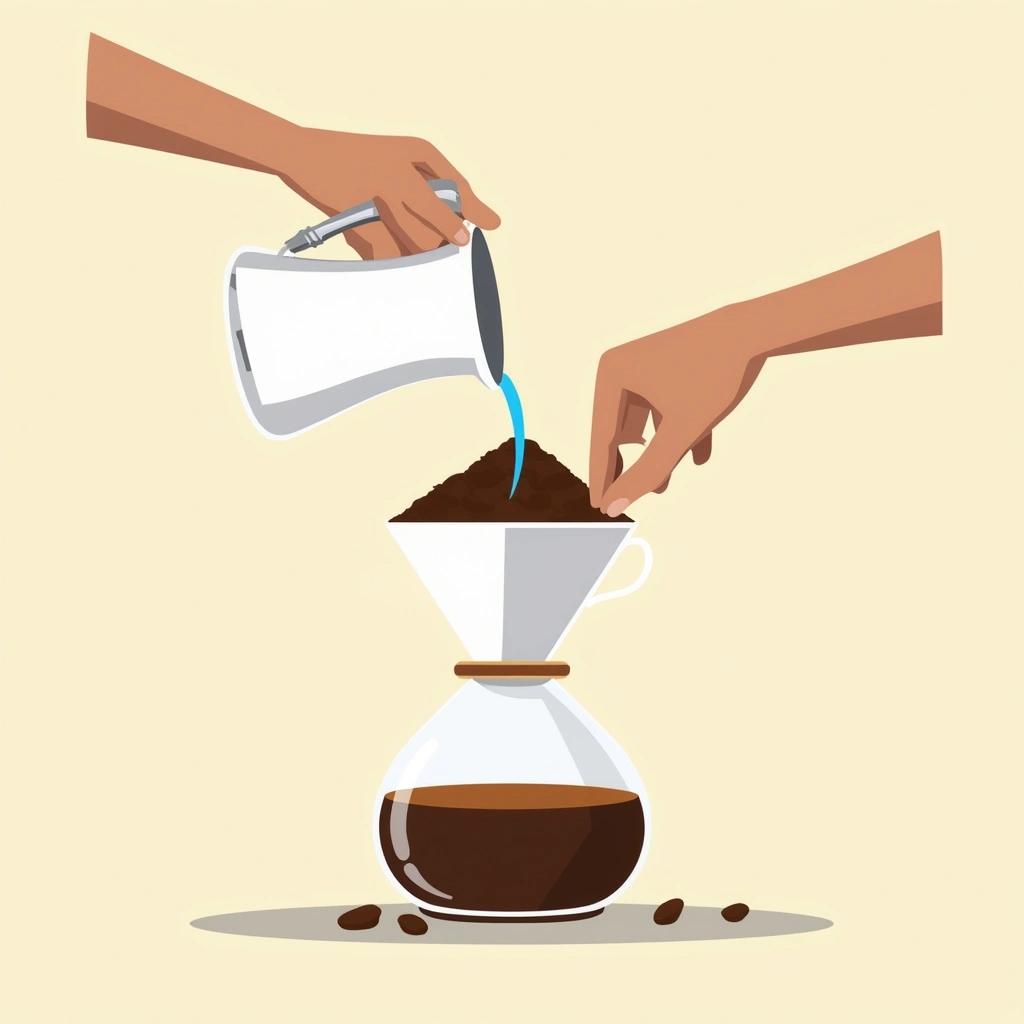
Brew Mindful Morning Beverage
Make coffee or tea with complete attention to each step of the process, from grinding beans to pouring water. Engage all senses in the ritual rather than preparing drinks on autopilot.
Why This Matters
Grace brews beverages mindfully because the ritual provides a peaceful transition into her day. By fully engaging with grinding coffee beans or steeping loose leaf tea, she practices presence before the day's demands begin.

Practice Mindful Dishwashing
Transform cleanup by hand-washing dishes with full attention to water temperature, soap texture, and the cleaning process. This converts a chore into a meditative practice accessible multiple times daily.
Why This Matters
Alex practices mindful dishwashing because it turns a necessary task into an opportunity for presence. By focusing on sensations rather than rushing to finish, he finds moments of calm throughout his day in an activity he would do anyway.

Take Meditative Showers
Transform daily showering by focusing intently on sensory experiences like water temperature, soap scents, and physical sensations. This practice turns a routine activity into a mindfulness anchor.
Why This Matters
Sophia takes meditative showers because they provide a perfect opportunity to practice presence in an already established daily routine. The sensory-rich environment naturally supports mindfulness and creates a peaceful pause in her day.

Set Candle Intentions
Begin your day by lighting a candle and setting a specific intention for how you want to show up. The flame serves as a physical reminder of your commitment to mindful presence.
Why This Matters
Elena sets candle intentions because the ritual creates a moment of reflection before the day's momentum takes over. The physical act of lighting a flame and articulating an intention helps her align her actions with her values.

Practice Hand-Foot Awareness
Regularly bring attention to sensations in your hands and feet throughout the day, especially during transitions. This anchors attention in the body and serves as a mindfulness bell.
Why This Matters
Maya practices hand-foot awareness because these extremities provide strong sensory feedback that brings her back to her body and the present moment. This simple technique acts as a portable mindfulness practice she can use anywhere.

Practice Loving-Kindness Meditation
Systematically generate feelings of goodwill toward yourself and others, from loved ones to difficult people. This meditation cultivates compassion and positive emotional states that extend beyond practice sessions.
Why This Matters
Ethan practices loving-kindness meditation because it counteracts tendencies toward self-criticism and judgment of others. The practice helps him develop warmer relationships and a more positive emotional baseline in his daily interactions.
Key Takeaways for Mindful Living
Here are the key takeaways to remember and implement these habits into your life:
- Reduce Digital Distractions: Take control of your digital environment to regain focus and free up time for mindful activities.
- Practice Mindful Mornings: Protect your mornings from digital intrusions to create space for deep work and intention setting.
- Cultivate Gratitude: Shift your focus to the positive aspects of your life to enhance well-being and build resilience.
- Embrace Embodied Mindfulness: Integrate mindfulness into physical sensations during daily activities for a more holistic presence.
- Nurture Deep Connections: Prioritize in-person interactions to foster authentic communication and meaningful relationships.
Start integrating these mindful habits into your daily life and experience the transformative power of presence.
